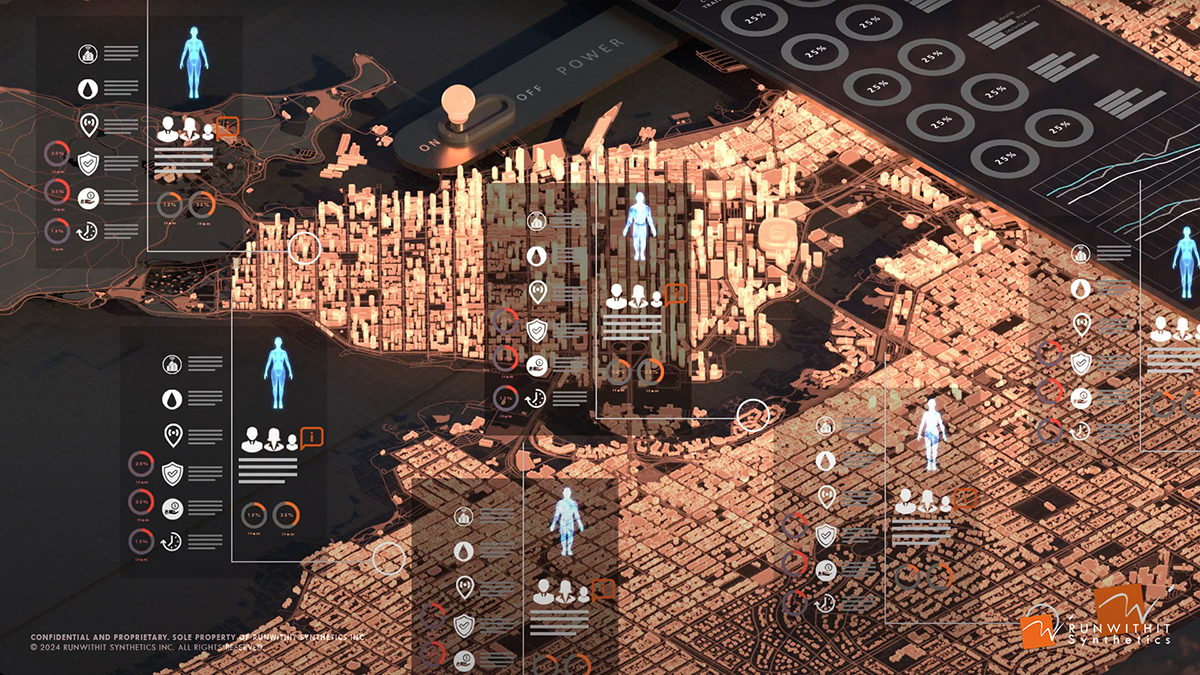Indigenous-led AI modelling gets boost, helps build impactful investments
Why It Matters
For Indigenous communities, indicators prioritizing community health and wellbeing need to be baked into decisions about physical infrastructure.

Frog Lake First Nation had long sought to build a healing facility focused on Indigenous equine culture, but it wanted to map out how a proposed centre could improve community health before investing.
So the Alberta community turned to RUNWITHIT Synthetics, an Indigenous, women-led technology company based in Edmonton, for assistance.
“[The equine facility] translated throughout the medicine, culture and healing in their community, which I don’t think people who are traditionally familiar with investing in infrastructure were used to seeing,” said RUNWITHIT founder and CEO Myrna Bittner.
This week, RUNWITHIT Synthetics announced a multi-million dollar investment from Raven Indigenous Capital Partners.
The company will now roll out modelling and twinning technologies, offering cities and communities data-backed methods for predicting the efficacy of investment and infrastructure policies.
Having been revenue-funded to date, this is the first investment the company has received since its inception.
Bittner said she feels “privileged” to partner with Raven and that its impact measurement framework combines commercial viability with Indigenous impact, focusing on decolonization and the seventh-generation principle.
“We believe that entrepreneurship is a path to self-determination and intergenerational wealth for Indigenous peoples,” said Devon Krainer, an investment associate at Raven.
“We’re also acutely aware of the lack of culturally-safe equity financing options available to founders.”
Combining geospatial data, AI and virtual reality
Depending on their needs, municipal governments and community organizations can then layer data about energy use, mobility and transport, the impact of natural/manmade disasters, and proposed policy changes—both current and prospective.
RUNWITHIT’s digital models use “synthetic” data, computer-generated information that fills gaps in the model’s existing dataset. This technology allows users to model the impact of humans’ often unpredictable behaviour using virtual reality.
More recently, the company has convened municipal governments, community leaders, urban planning bodies, health bodies, and social impact organizations through its Regional Advanced Laboratories.
These cross-sector partnerships help RUNWITHIT visualize challenges from multiple angles.
For example, in early 2024 organizations in Edmonton came together to create models exploring the relationship between youth programs, job creation and a sense of community belonging.
Indigenous communities in and around Edmonton have also come together to use these new tools to develop growth and sustainability targets.
By using RUNWITHIT to map households and resource consumption patterns, communities were able to make projections about their likelihood of meeting those targets based on their current activities.
“Global warming and extreme climate is happening more quickly at the polar regions of the planet, and there are many remote and Northern communities facing some pressing and existential challenges,” said RUNWITHIT co-founder Dean Bittner.
“This investment enables us to make some more affirmative progress to get our data into the hands of others, who can then take it into their own data sovereignty and understand it in terms of their own communities,” he said.

